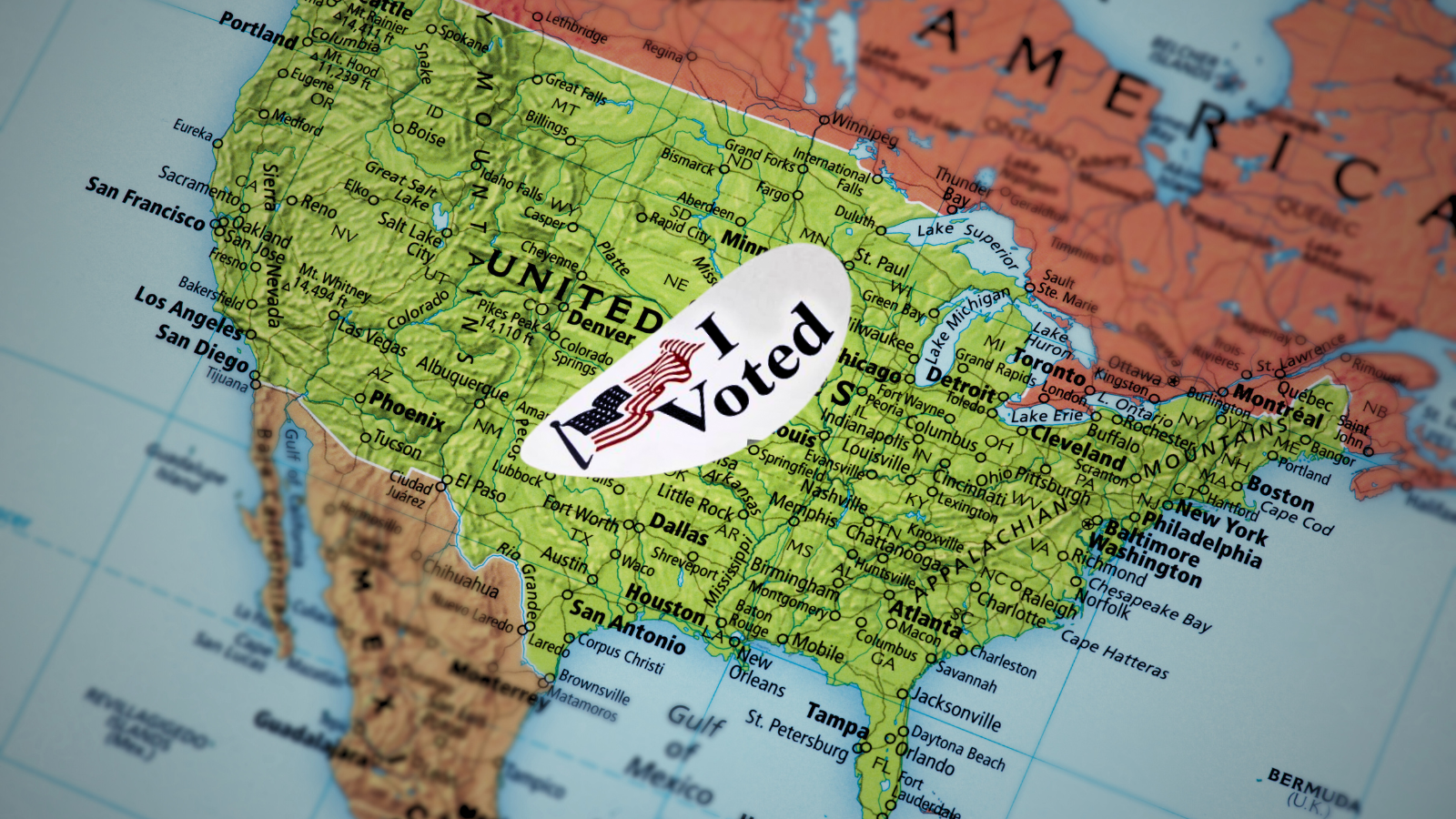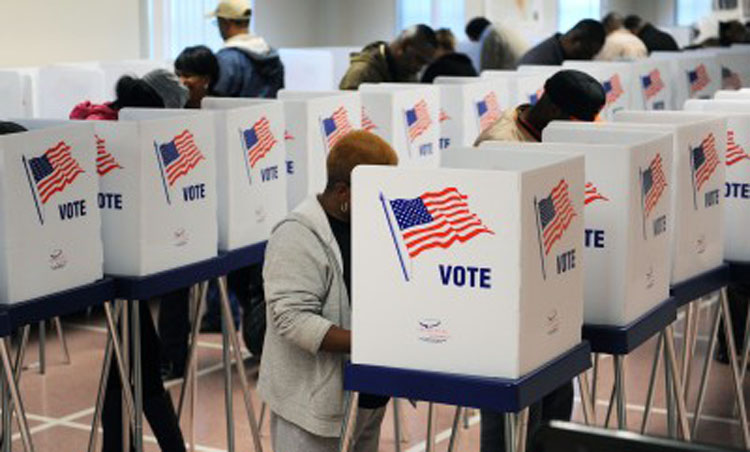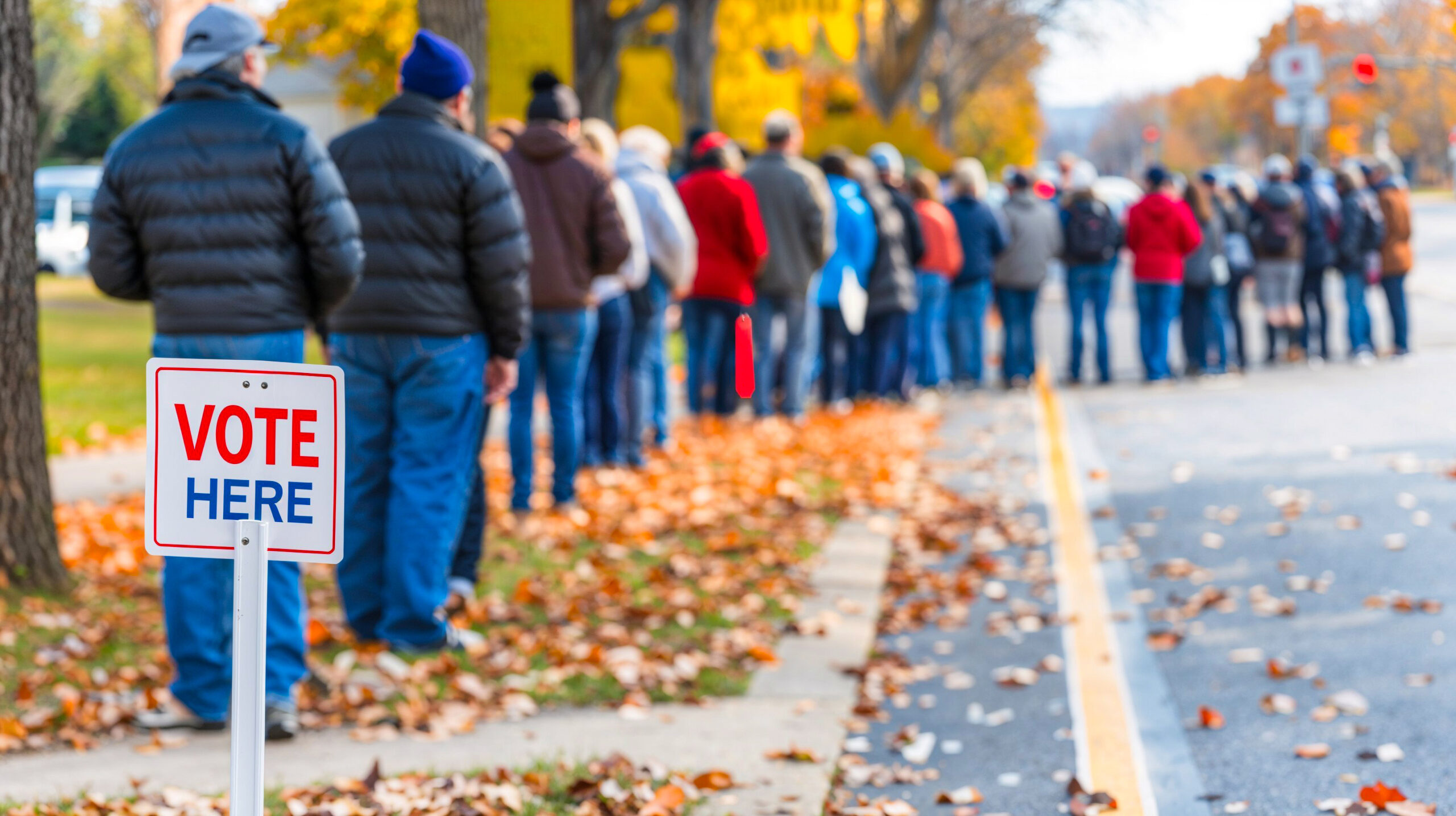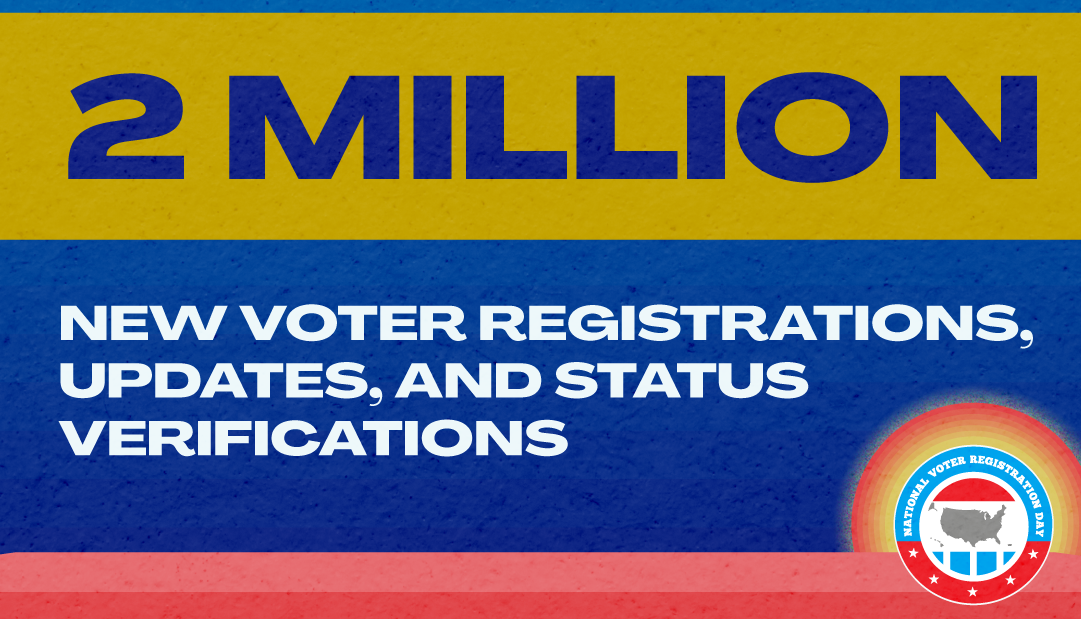 This will be an election like none other, but rest assured, it will go on. Thankfully, our democracy is resilient. We’ve held elections in wartime, during the Great Depression, and amidst the 2018 flu pandemic. We can do this! We will do this. However, central to holding a representative election safely amidst this pandemic is the dramatic expansion of mail-in voting.
This will be an election like none other, but rest assured, it will go on. Thankfully, our democracy is resilient. We’ve held elections in wartime, during the Great Depression, and amidst the 2018 flu pandemic. We can do this! We will do this. However, central to holding a representative election safely amidst this pandemic is the dramatic expansion of mail-in voting.
To be clear, this is not a new, untested voting method. Our nation has allowed mail-in voting since the Civil War. As recently as the record-breaking 2018 election, 25% of all ballots cast nationwide were cast by mail. Many of these mail-in ballots came from Vote-at-Home (aka Vote by Mail) states like Washington, Oregon, Colorado, Hawaii, and more recently California and Utah. But it also came from states across the nation where absentee mail-in voting is just common, such as Florida where a third of votes cast in 2018 were cast by mail.
As states expand use of mail-in ballots amid COVID-19, we could see well over half of all votes cast this year being cast by mail. So, if you’re a voter new to this method of voting, how do you make sure your mail-in ballot counts? If you’re a nonprofit, library, college, or civically-minded business, how do you make sure your staff and community can make their voice heard?
Know the Rules:
All states allow some form of absentee mail-in voting. Some states are proactively mailing actual ballots to registered voters, but in most states you have to first request an absentee ballot. Some of these states are making it easy by sending request forms to all registered voters, but you still need to submit the ballot request before you can get the actual ballot. See your state’s plans here or by checking with your local elections office.
Carefully Follow the Instructions:
You’ve probably seen the stories about absentee mail-in ballots being rejected in the recent primaries. These are overwhelmingly due to missed deadlines, failure to sign the outside of the envelope, or other errors. Poor ballot design and confusing instructions can increase the number of errors voters make. So what should you do as a voter? Carefully read and follow the instructions. Call your elections office if you’re confused. Be sure to sign and date the ballot where instructed and return it long before the deadline.
Beat the Deadlines – Vote Early!
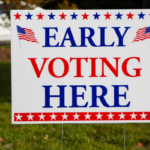 The deadlines many states have for requesting and returning mail-in ballots are completely unrealistic. Some states allow you to request a ballot just one to three days before the election. These deadlines are carryovers from the “before times” when only a small number of people requested absentee ballots (easy enough for the local elections office to handle) and when postal delivery times were typically faster. With the massive surge of mail-in ballots expected, request your ballot early, by mid-September if possible. The first round of mail-in ballots for the general election go out on September 19, so try to get in that first round of ballots. Early October works, too as there will be multiple waves of ballots mailed out, but don’t wait too long!
The deadlines many states have for requesting and returning mail-in ballots are completely unrealistic. Some states allow you to request a ballot just one to three days before the election. These deadlines are carryovers from the “before times” when only a small number of people requested absentee ballots (easy enough for the local elections office to handle) and when postal delivery times were typically faster. With the massive surge of mail-in ballots expected, request your ballot early, by mid-September if possible. The first round of mail-in ballots for the general election go out on September 19, so try to get in that first round of ballots. Early October works, too as there will be multiple waves of ballots mailed out, but don’t wait too long!
Then, after you’ve studied the ballot and made your decision, mail in your ballot one to two weeks before Election Day. Keep in mind that while many states have “postmark” deadlines, not all mail you put in your mailbox gets a postmark… so make sure you mail it in time to be received by Election Day. Finally, don’t forget the stamp! Unlike these states that provided post-paid ballots, many states still require the voter to put a stamp on their ballot.
Use Drop Off Locations as Election Day Nears
If you cannot get your ballot in the mail at least a week before the election, see if your community or elections office offers secure ballot drop boxes. Not all cities and states offer them, but where they are available, you can return your “mail-in” ballot directly to the election administrators using these secure boxes.
If you don’t have ballot drop boxes, take your mail-in ballot to the counter at your Post Office and request a postmark stamp be affixed to your ballot before it is mailed. In this way, you can be certain your ballot meets the “postmark” requirement of your state.
Take Advantage of Ballot Tracking:
The vast majority of states (39) now have ballot tracking. This works much like the tracking numbers you use with the USPS, FedEx, or UPS. You can use them through a web portal to tell when your ballot has been received by the election office and when it is formally counted.
Have a “Plan B” to Vote In-Person.
If you misplace your ballot, didn’t receive it, or just can’t get it in with sufficient lead time, plan on voting in-person, early or on Election Day. In some precincts that use e-pollbooks, the election officials may know you did not return your mail-in ballot and allow you to vote normally. If not, request a “provisional ballot” and cast your vote that way. Once they verify that your mail-in ballot was not returned (they are doing their due diligence), this provisional ballot would then be counted.
Final Note: It May Take Days or Even Weeks to Count the Vote… And That’s Okay!
This will require patience as we’ve grown accustomed to the rapid-turnaround of election results, but a healthy democracy is worth the wait. Mail-in ballots take time to count. By law, states have up to five weeks, until December 8 this year, to count the ballots. So give election administrators the time they need to do their jobs right.
